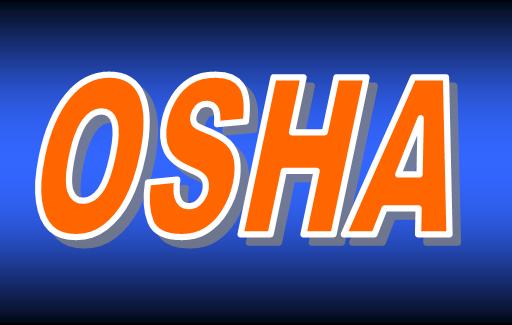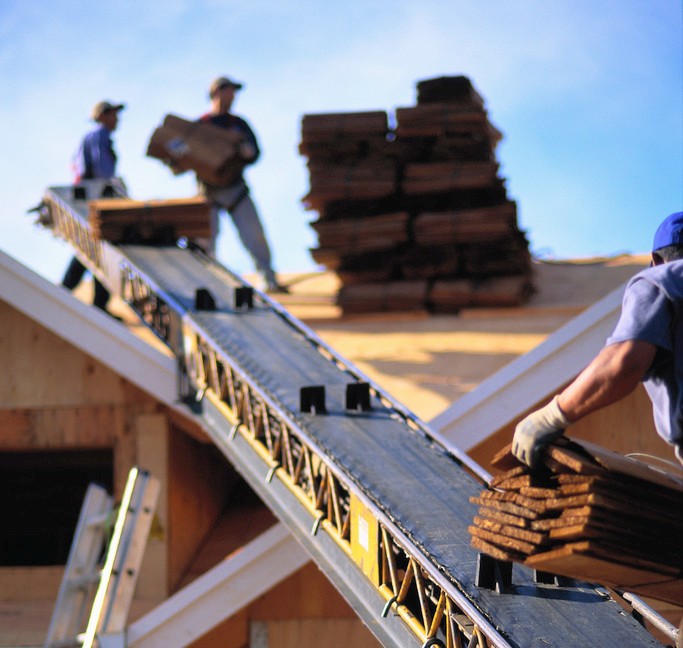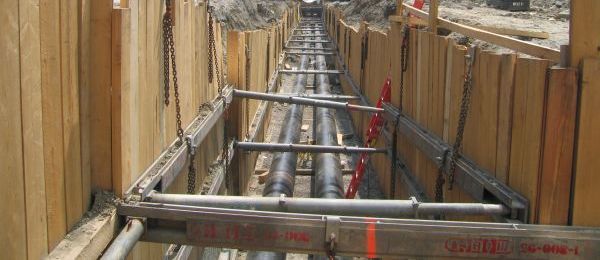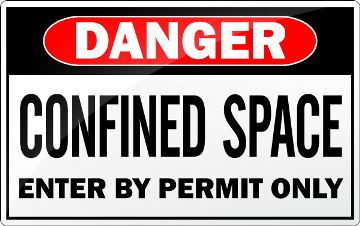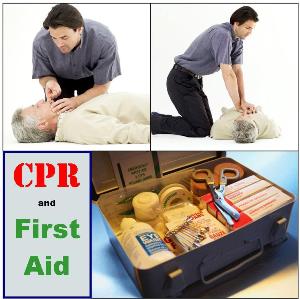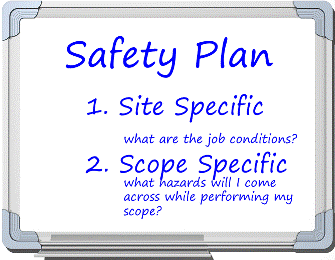EXCEED Safety Training
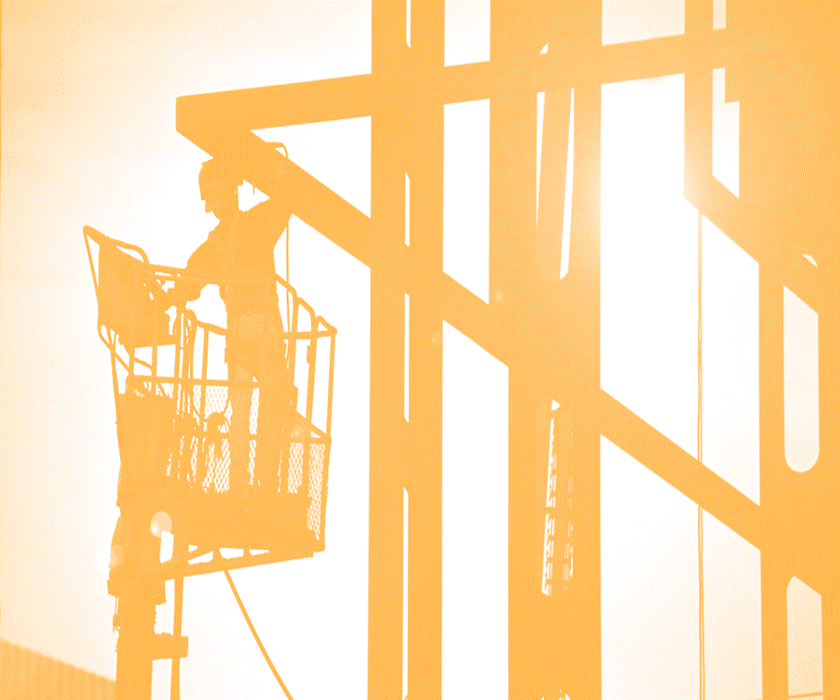
Nearly 6.5 million people work at approximately 252,000 construction sites across the nation on any given day. How can we keep them all safe?
One of the easiest ways to ensure the safety of your workers is to make sure they are properly trained in recognizing and handling potential safety hazards. Proper training will help to ensure the safety and health of your employees.
At the start of every project, employees should be trained for Site Specific Hazards. They should also receive training for the tasks they will perform as part of the company's scope of work Before and During construction.
As a courtesy, we have made EXCEED's Safety Tip Sheet available for download and printing as a PDF document.
This sheet can be given to Site Superintendents as a helpful safety tool. The list is a Summary Only and is not intended for complete OSHA compliance. Please refer to OSHA standards for detailed information.
We recommend printing the pages front and back on an 8" x 11" sheet of paper and laminating it for continual use.

What can EXCEED do for your company?
- OSHA 10 and 30 hour Courses
- Customized Safety Training Courses
- Fall Protection Competent Person
- Scaffolding Competent Person
- Trench and Excavation Competent Person
- Confined Space Course
- CPR and First Aid Certification
- Safety Plan Development and Implementation
- Safety Culture Analysis
- Record Keeping
The OSHA 10 hour and 30 hour courses are designed to help companies meet OSHA competent person requirements for the implementation and maintenance of effective safety and health programs.
Courses cover pertinent OSHA policies, procedures, standards, common hazards, and hazard abatement techniques. After successful completion of the courses, participants will receive a course completion wallet card from the OSHA Training Institute.
The OSHA 10 Hour Course is designed as a basic introduction to OSHA standards and requirements for workers and supervisors. The course is comprised of four required topics and any elective topics selected to equal the ten hours of instruction. Any of the OSHA subparts can be chosen as electives.
The OSHA 30 Hour course is a more expanded version designed for supervisors, managers, and safety personnel.
All courses are conducted by OSHA-Authorized Trainers. A full list of the OSHA Subparts can be found HERE.
Customized Safety Training Courses
We offer companies the ability to have customized safety training courses developed for the unique needs of their industries and work situations. All courses are planned and delivered by qualified and experienced instructors.
The US Department of Labor lists falls as one of the leading causes of traumatic occupational death, accounting for eight percent of all occupational fatalities from trauma. Whenever a worker is at a height of four feet or more, the worker is at risk and needs to be protected.
Our course will help your company meet the OSHA requirements for a competent person on site to make decisions regarding fall protection for employees. The eight-hour course covers OSHA standards, common fall hazards, hazard analysis, fall arrest systems, fall prevention and restraint, selection of proper anchorage points, and proper use of guardrail systems.
Upon successful completion of the course, participants will receive a course completion certificate and wallet card.
Our scaffolding course is fully customizable to your company's needs and use of specific types of scaffolding. It has been designed to meet the OSHA requirements for safe work on scaffolding and covers common scaffold hazards, proper scaffold construction, scaffold inspection, fall protection, and safe work procedures.
Upon successful completion of the course, participants will receive a course completion certificate and wallet card.
Our course is designed to meet OSHA competent person requirements for safe work in trenches and excavations. The eight-hour course covers OSHA standards and requirements, soil mechanics, soil classification, soils analysis including hands-on training in soil testing methods, common causes of cave-ins, and the selection and use of protective systems.
Upon successful completion of the course, participants will receive a course completion certificate and wallet card.
Our confined space course will train all levels of employees in the safe work practices and requirements for entry set forth by OSHA. The course will cover common confined space hazards, permit-required spaces, permit systems, use of atmospheric testing equipment, ventilation, duties of attendants, entrants, and supervisors, personal protective equipment, and confined space rescue.
Upon successful completion of the course, participants will receive a course completion certificate and wallet card.
Who should take a CPR and First Aid class?
Everyone. In the business world, emergency response teams, safety personnel, supervisors and at least two office employees should be certified. In our every day lives, parents, babysitters, educational institutions, and church staff should get trained. The more certified people there are in our community, the more likely we are to avert disaster and save a life.
What will participants learn?
This class is an instructor-led video-based course that teaches the critical skills needed to respond to and manage an emergency situation until emergency medical services arrive. Participants learn to handle situations involving choking, sudden cardiac arrest, heat stroke, bleeding, sprains, broken bones and other first aid emergencies. The course will focus on Adult CPR and AED (automated external defibrillator) use.
Upon successful completion of the course, participants will receive a wallet card.
Is a written safety program required?
OSHA requires you to have a safety program but currently does not require it be written in construction. However, it is very difficult to prove you have a program without documentation. Most insurance carriers do require you to have one. General Contractors may also require your company to provide a written program. In addition to the plan itself, every company should have guidelines for implementing and enforcing the plan.
Companies should have two types of safety plans: Overall and Site Specific.
An Overall Safety plan should be a constantly evolving document that meets the needs of both agency standards and onsite employees. An effective safety plan is one that addresses all major hazards that could be encountered on any jobsite at any time. It will list common potential hazards, safe work practices, and all applicable standards and requirements set forth by governing agencies. It should include a breakdown of all duties and the persons in charge, such as periodic inspections, jobsite audits, and continued education and training of employees. An outline of the company's safety culture and guidelines for enforcing compliance should also be a part of the plan.
A Site Specific plan should be created for each project site and should address the actual conditions that will be encountered by employees. The plan should include hazard analysis, safe work practices, and enforcement guidelines for noncompliance. It should also list guidelines for continued training and education of workplace safety for all employees on the site for the life of the project.
EXCEED will help you to polish an existing plan or create a new plan. We will walk the jobsite with you to compare your plan to the hazards on the site. We will help you to ensure your plan is tailored to the jobsite and to the scope of work your company will be responsible for providing.
Safety Culture Analysis / Creation
Safety Culture is the term used to describe the way in which safety is managed on the jobsite. It reflects the attitudes, values, beliefs, and perceptions that employees share in relation to safety. In other words, the less your employees know about potential risks and safety measures, the more likely your company is to suffer a disaster.
An ideal safety culture is one that drives the entire company towards achieving the highest safety standards possible at all times and in all situations. A constant level of respect for safety systems and potential risks shared by all employees will help to create a safe and healthy work environment for all.
Contact EXCEED today to find out how we can help your company create a safety culture that is ideal for your industry and work conditions.
Proper record-keeping is the only way to substantiate your company's compliance with the standards and regulations set forth by the governing agencies in your industry.
What records do I need to keep? How long do I need to keep them? What's the best way to ensure my employees understand the importance of completing and retaining records? EXCEED can provide you with the answers to these questions.
